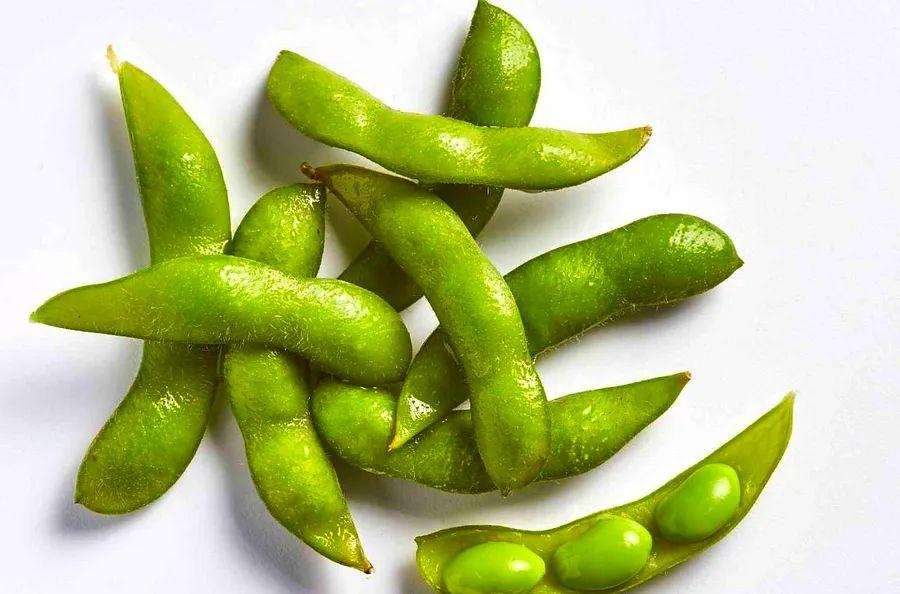The Fascinating World of Fava Beans

What Exactly Are Fava Beans?
Fava Beans, or broad beans, are among the earliest cultivated legumes, with a history tracing back to around 6000 BCE. These beans are widely used in various global cuisines, including Mediterranean, Middle Eastern, African, and South American dishes.

Fava beans make their appearance in the spring, often found in abundance at farmers' markets and grocery store produce sections. However, their season is brief, so if you don't grab them quickly, you may miss out as they won't be around for long.
Inside fuzzy, chartreuse-green pods, you'll find wide, flat, light-green fava beans that can be tough to prepare. These beans are often cooked after being removed from their pods, and can be cooked in a variety of ways — blanched, sautéed, steamed, boiled, or fried. They also make a great addition to stews, soups, salads, and even dips.
What Are the Flavors of Fava Beans?
Fava beans are often described as having a nutty, buttery flavor with a smooth, creamy texture once cooked, though some people may notice a slight bitterness. When dried, fava beans have a milder taste, often compared to chickpeas.

How to Store Fava Beans Properly
Fresh fava beans still in their pods can be stored in the fridge in a plastic bag or container for up to 10 days. Once shelled, they last only about two days in a sealed container, though freezing them can extend their shelf life to a month. Dried fava beans, on the other hand, can be stored for up to a year in an airtight container.
How to Prepare Fresh Fava Beans

Since you typically don’t eat the pod, fresh fava beans must be shelled, blanched, and peeled, which makes preparation a bit more involved and time-consuming. However, once you’ve completed these steps, the beans are ready to use in your dishes.
- Shelling: To open the pods, simply snap off one end and pull along the seam, much like opening a zipper. Each pod contains about four to five beans.
- Blanching: After shelling the beans, blanch them by immersing them in boiling water for 30 seconds, then shock them in ice water to halt the cooking process. This step helps loosen the skin around the bean.
- Peeling: Pinch the blanched bean to pop out the skin, and remove it with your fingers.
How to Cook Fava Beans

Cooking Fresh Fava Beans
If you want a simpler option and don't mind skipping some of the prep work, fresh fava beans can be eaten raw, allowing you to enjoy their nutty flavor. Alternatively, you can sauté smaller, tender broad beans with their pods in extra virgin olive oil and a pinch of salt for a quick, flavorful dish.
Fava beans are versatile and can be incorporated into a variety of dishes: add them to a hearty stew, toss them in a salad, or blend them into a soup. They also make a delicious breakfast spread, can be the base of Green Risotto with Fava Beans, turned into Foul Medammes, a spicy fava bean dip, or mixed into a Fava Bean and Butter Bean salad.
Cooking Dried Fava Beans
If you have dried fava beans, you can skip the time-consuming prep and treat them just like any other dried bean — simply soak them overnight. After soaking, they're ready to be cooked in any way you prefer.

Fava Beans May Not Be Suitable for Everyone
It's important to note that fava beans can trigger reactions in individuals with G6PD deficiency, a hereditary enzyme disorder. If you have been diagnosed with this condition, it's best to avoid fava beans entirely.
Browse our range of fava bean recipes.

1

2

3
4

5
Evaluation :
5/5